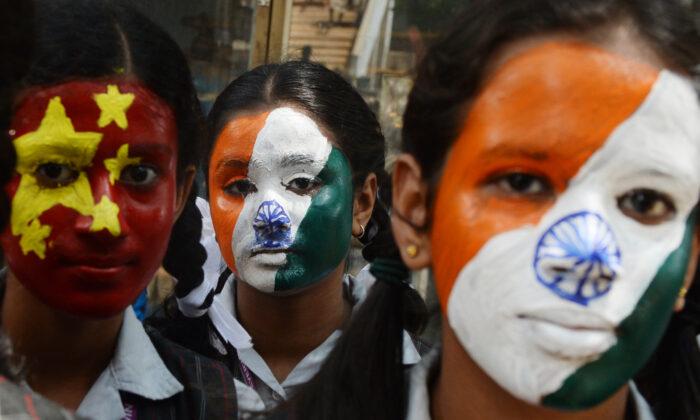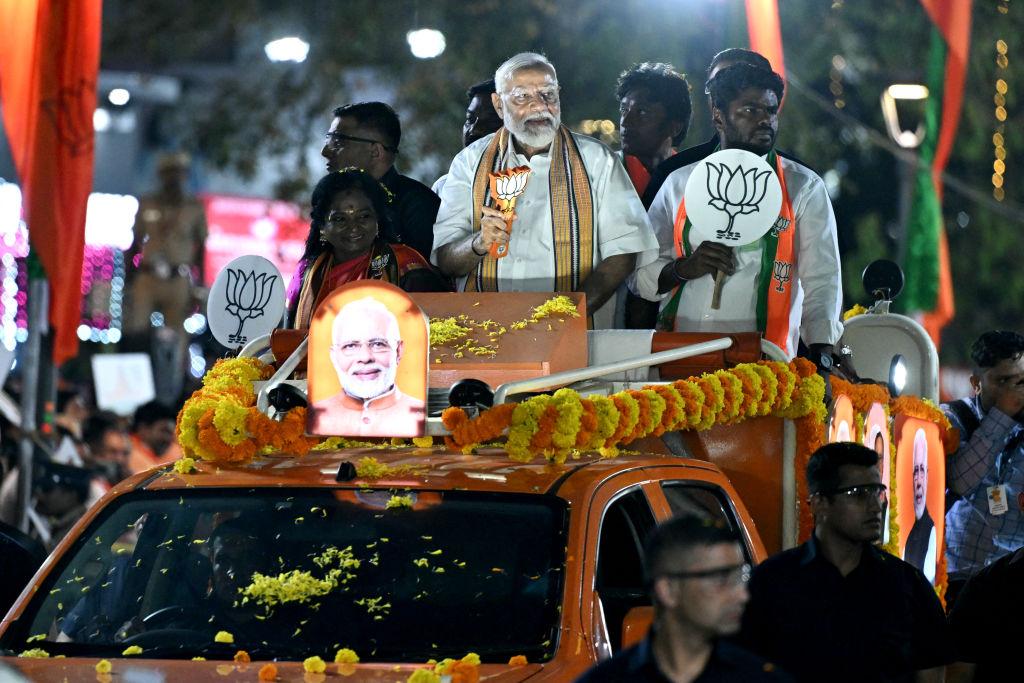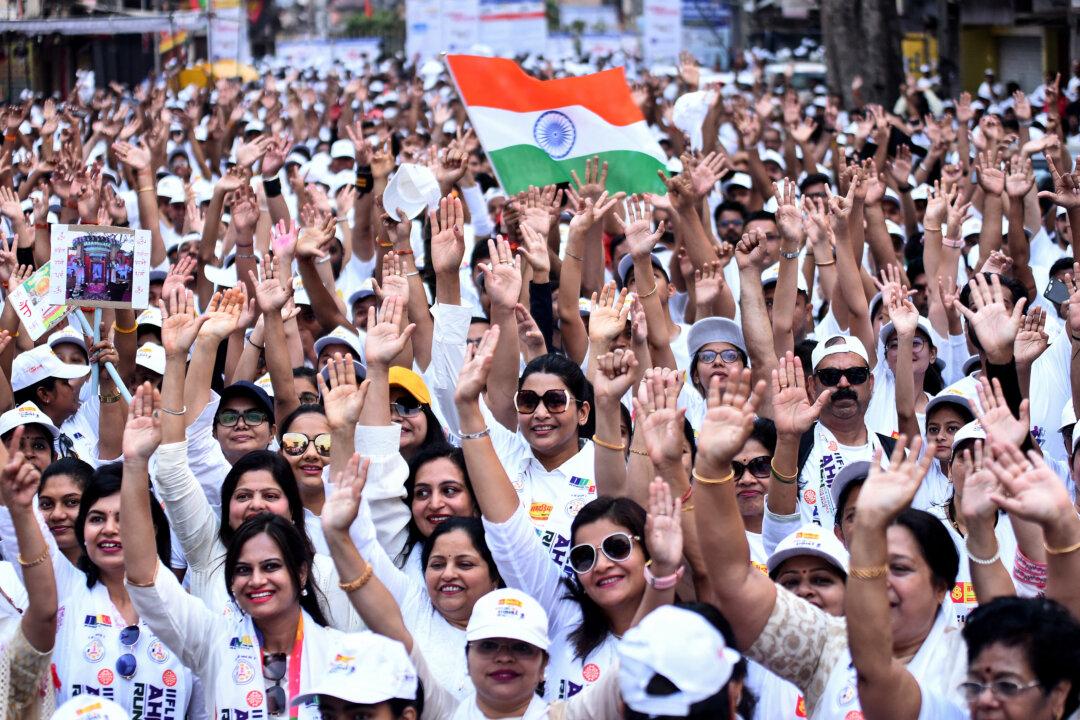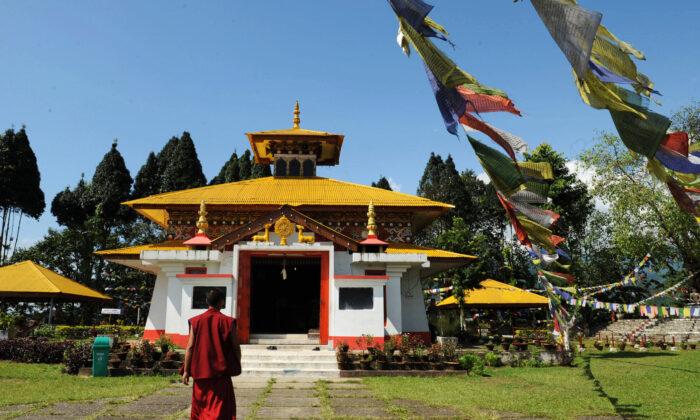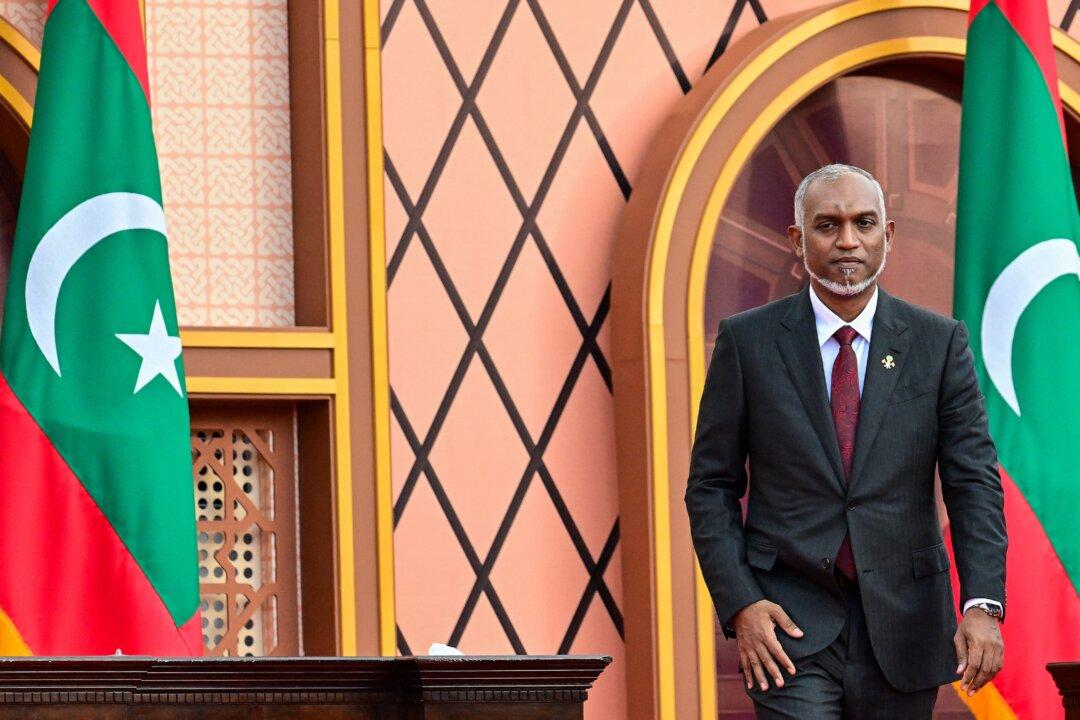NEW DELHI—As the Chinese Communist Party’s aggression and military buildup increase on the Indian border, experts are warning about the increased activity of the CCP’s primary propaganda agency, the United Front Work Department (UFWD), against India.
Namrata Hasija, a research fellow with the New Delhi-based Centre for China Analysis and Strategy, told The Epoch Times that the UFWD and its affiliated organizations are lobbying with academics, journalists, and businesses in India in order to gain a position from which they can gradually influence policymaking.
“The UFWD aims to influence economists, political and intellectual elites in other countries and is less chary about interfering in their domestic affairs. Expect still greater stress on issues like the Belt and Road initiative, Xi Jinping’s thoughts, and a general undermining of Indian influence in the region,” Hasija said.
In one such article, Chinese Ambassador to India Sun Weidong said that Beijing’s national security law exacting control over Hong Kong is in India’s interests, and that India should respect and support China’s efforts.
Meanwhile, the UFWD has built lobbying groups in all departments that can serve its agenda in South Asian governments, according to a person based in New Delhi, who spoke to The Epoch Times on condition of anonymity.
UFWD’s Focus on Religion
Shikha Aggarwal, a Taipei-based Sinologist and a 2020 fellow with Taiwan’s Ministry of Foreign Affairs, told The Epoch Times that the UFWD was described by Mao as the “magic weapon” and by Xi Jinping as the quintessential instrument to realize the “China dream.”It involves influencing narratives by subverting popular opinion, legislation, and policy decisions in conjunction with the CCP’s functional goals in a region, Aggarwal had earlier written in an opinion piece for the Indian Express, a leading Indian daily.
Buddhism has emerged as an important focus of the UFWD in South Asia, and that agenda is centered on projects diminishing India’s status as the origin of Buddhism in the world, according to Aggarwal.
“The frontal organizations engaged in implementing the department’s agenda are the Buddhist Association of China (BAC), and the Asia-Pacific Exchange and Co-operation Foundation (APECF),” said Aggarwal, in her opinion article. BAC is the state authority supervising Buddhism in China, and the CCP-appointed Panchen Lama Gyaltsen Norbu is its vice-president.
Panchen Lama Gyaltsen Norbu is a controversial figure in the world of Buddhism because he was selected by the CCP days after the kidnapping of the 11th Panchen Lama, a 6-year-old boy appointed by the 14th Dalai Lama. The original Panchen Lama’s whereabouts have been unknown to the world.
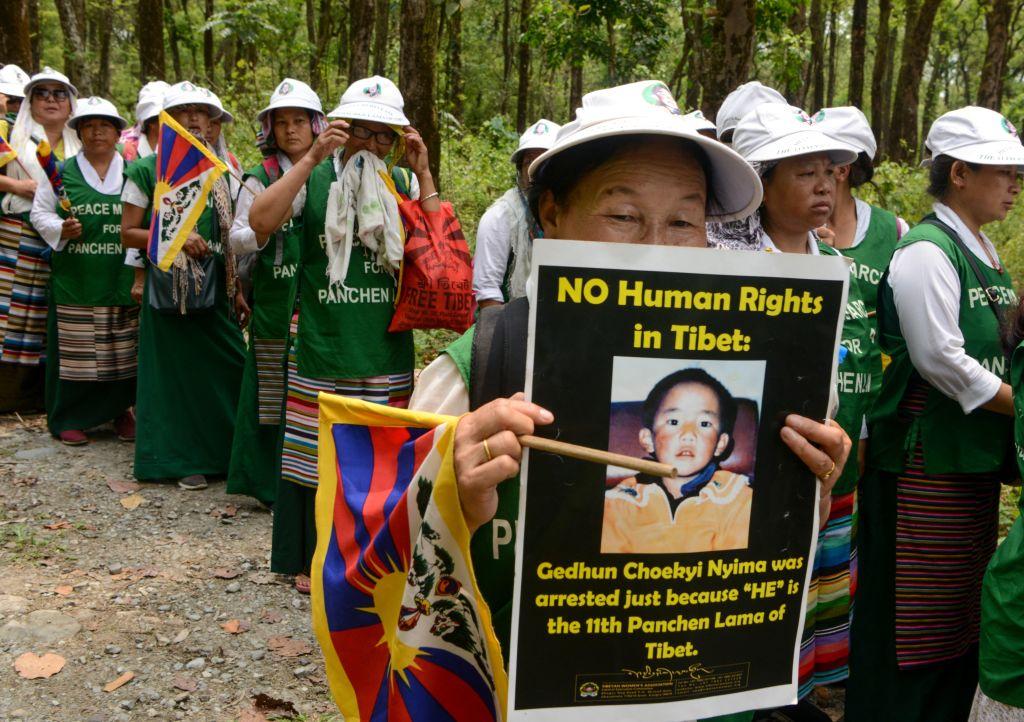
The Panchen Lama is second only to the Dalai Lama in spiritual authority and is responsible for finding the next Dalai Lama.
Aggarwal said the BAC has been organizing the World Buddhist Forum (WBF) since 2006, and the controversial Panchen Lama delivers a keynote address in every WBF.
“The WBF is China’s primary public relations exercise to project itself as an integral component of Buddhism’s history in Asia, and the leading stakeholder in the contemporary discourse on the religion. It also serves as a platform for China to garner international recognition and acceptance for Gyaltsen Norbu,” she said.
Gautam Buddha or Buddha Sakyamuni was born in Lumbini in present-day Nepal, and he imparted his teachings in India and gained nirvana in India. India houses the most important Buddhist pilgrimage sites.
Aggarwal said a crucial component of China’s Buddhist strategy is to push Lumbini in Nepal, to the forefront of the Buddhism narrative in the world and thus undermine India’s stature.
“The WBF has also begun integrating China’s foreign policy objectives within its religious diplomacy, and included the Belt and Road Initiative as one of the session themes at the fifth conference held in 2018.”
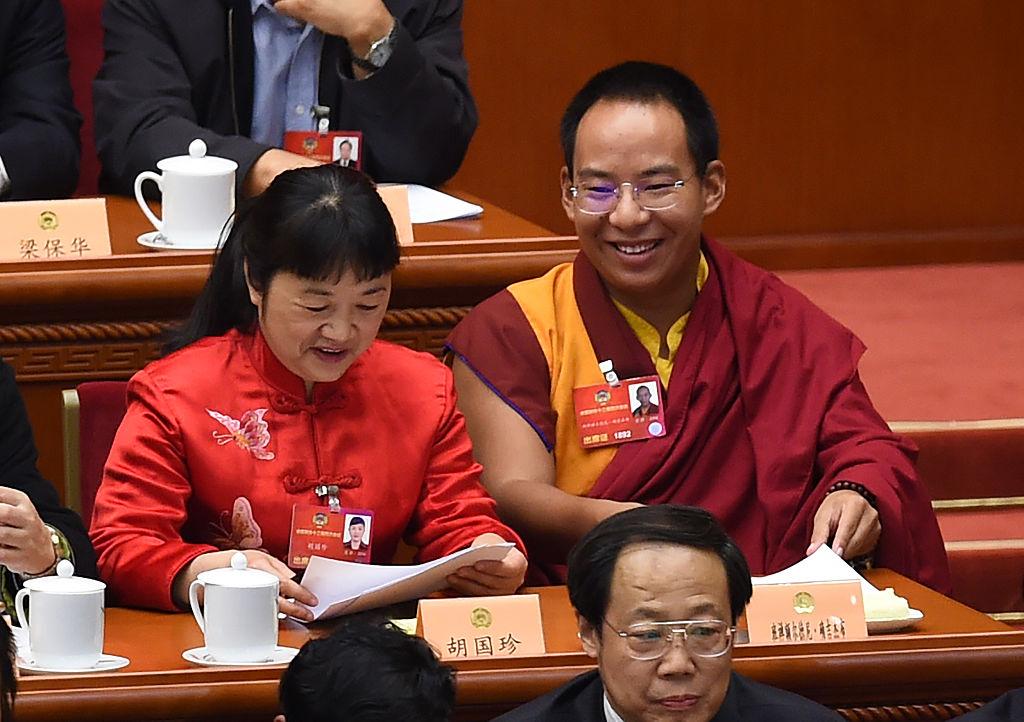
‘Friendship Associations’
Frank Lehberger, another Sinologist and a senior research fellow with India-based Usanas Foundation, told The Epoch Times in an email that since coming to power, Xi has gradually extended the influence and enhanced the power of the UFWD.“The UFWD is part of this ‘unrestricted warfare’ that includes information and psychological warfare which the CCP is waging not only against India’s foreign policies but also against India’s internal matters or policies. Everything with the goal of softening India’s resolve and ultimately making India subservient to China,” said Lehberger, who is based in Germany.
The UFWD is part of the CCP’s “soft power” operations and acts as its most widely used “non-lethal weapon,” according to Lehberger.
“During the last five years, Xi has ordered that the entire bureaucracy and every CCP branch join in the activities of the UFWD. This wide array of activities is called ‘UF work’ which has also now being expanded in scope, resourcing, and coordination,” he said.
All Chinese leaders during the past 100 years have understood that it was the UFWD and not the army that played a crucial role in winning the Chinese civil war in 1949, he said.
“Further, the India-China Friendship Association proclaimed that it was ‘doing its best to promote peace among Indian citizens’ who were showing ’antipathy' against China after the Galwan incident through social media,” Aggarwal said.
At Galwan on the India–China border in June 2020, Indian and Chinese troops had a bloody clash in which 20 Indian troops died. Aggarwal wondered how the India-China Friendship Association could hold such an event when something of such national significance as the Galwan incident had just happened, she told The Epoch Times.
Without disclosing names, Aggarwal pointed at CPAFFC events that take place in India and questioned how such events with such narratives could survive in Indian thought circles.
“These are the questions for us all to ponder,” she said. There’s an absolute lack of information about the activities of such organizations, and India needs more scholars who devote their time to studying the CCP, she said.
